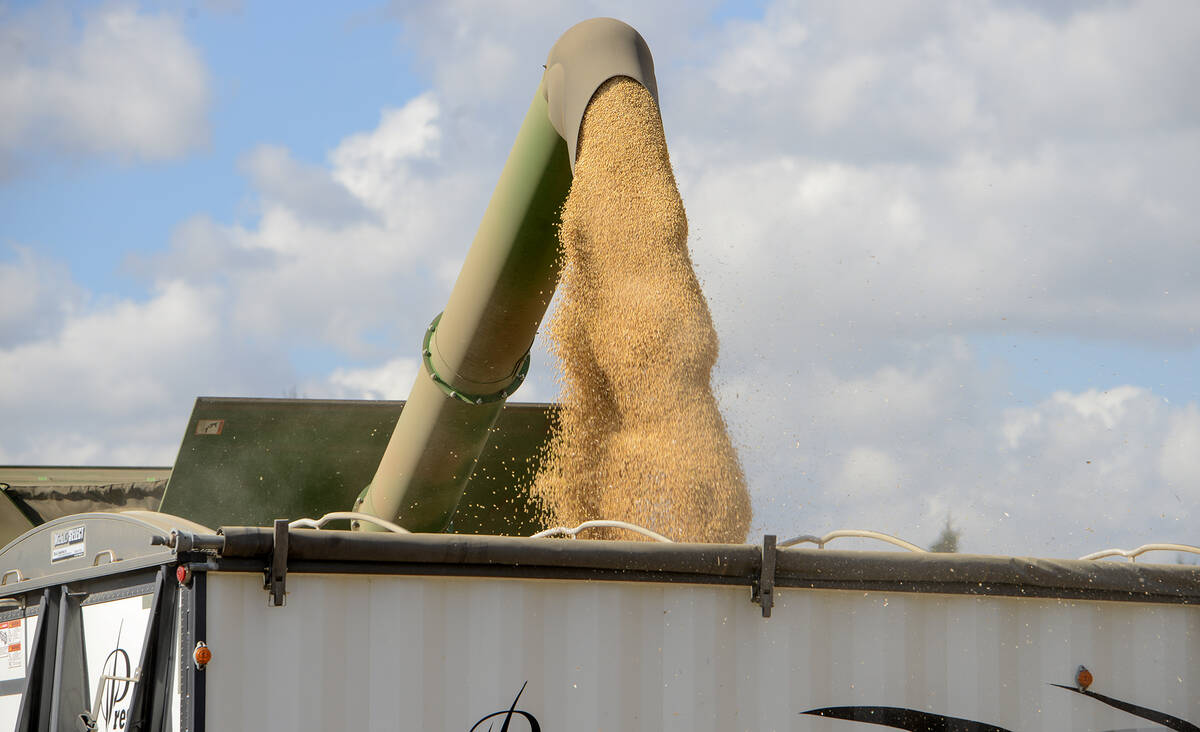In the days when everyone had a landline, smartphones were non-existent and call display was rare, I once had a part-time job conducting market research phone surveys.
We’d start with numbers in Atlantic Canada and end the shift calling British Columbia, following the time zones to catch people when they were most likely to be home and best able to gauge their satisfaction on a scale from one to seven.
It’s a job that teaches you how to deal with rejection, because finding someone willing to talk was difficult.
Read Also

Grain markets hungry for U.S. data
The U.S. government shutdown meant that futures markets were left without robust grain supply information
That was 25 years ago, and technological advancement has made it even more difficult to find a person willing to answer a survey. Much of the kind of market research I was involved with has moved online, with social media and internet algorithms doing a far better job of tracking consumer whims.
However, there is still a place for actual hard data, especially when it comes to numbers the agricultural markets use to set prices.
Production
Statistics Canada released its first survey-based estimates on the size of the 2023-24 crop on Dec. 4, with upward revisions to most major crops from the earlier model-based data released in September.
Over the past few years StatCan has done away with contacting farmers as much as it had in the past, only conducting three surveys a year instead of five it had undertaken as recently as 2021. The government agency still releases the same amount of data, if not more, but relies more heavily on satellite imagery and computer models to come up with the numbers.
Market participants remain skeptical of some of the methodology, especially as revisions are common, but the hybrid model of surveys and computer models is the new norm.
Stocks
The next data from StatCan will be the stocks on hand in the country as of Dec. 31. That survey is going on right now. The calendar year-end stocks data is usually not a major market mover, but it does help clarify the earlier production numbers and gives an indication of usage through the first five months of the crop year.
Exports and domestic usage are followed closely by organizations like the Canadian Grain Commission, so market participants can extrapolate from the stocks report to get a clearer picture of whether the supplies on hand match what was supposedly produced.
Area
Canadian prospective plantings data will be released in April, giving an indication of what farmers intend to seed this upcoming spring. This may be the most controversial of the changes to the StatCan process, because starting last year, seeding intentions for the new crop year are collected during the December survey rather than in March. Three additional months of price movement that would likely sway some acres will not show up in the data.
While many farmers will be happy for one less survey to deal with and already have a general idea of what they’ll be planting, asking the question now instead of March creates a hazier picture for market participants.
















